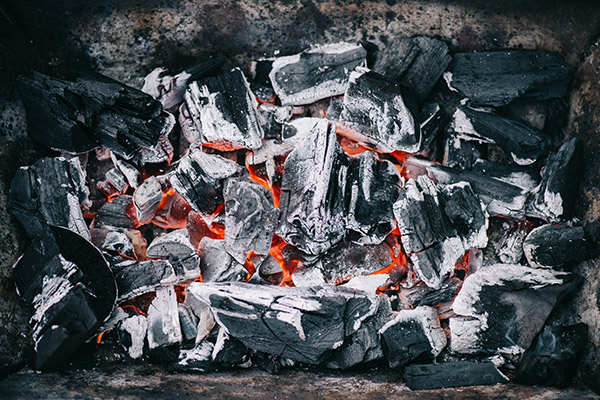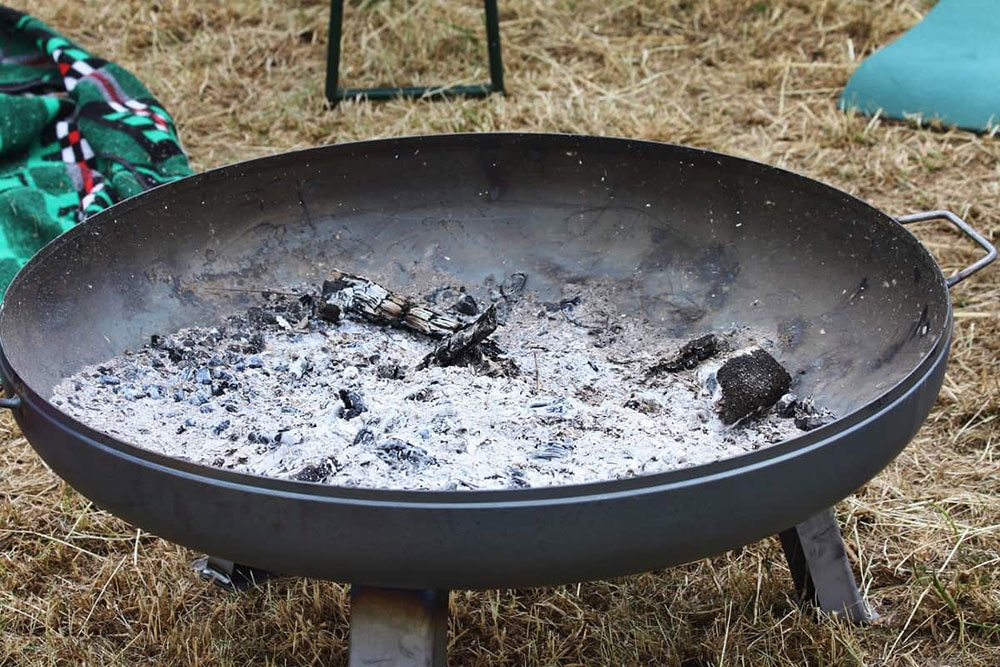As the crisp autumn air descends upon us, the allure of cozy fires crackling in our fireplaces intensifies. However, alongside the warmth and ambiance, ashes inevitably accumulate, demanding attention. Whether you’re a seasoned homeowner or a first-time fireplace enthusiast, mastering the art of removing ash is paramount for maintaining a safe and inviting hearth. In this comprehensive guide, we’ll delve into everything you need to know to effortlessly eliminate fireplace ashes like a pro.

Image: verticalchimney.com
Understanding Fireplace Ashes: Laying the Foundation
Fireplace ashes, primarily composed of unburned wood particles, are a natural byproduct of combustion. While essential for efficient burning, excessive ash buildup can hinder proper airflow, reduce heat output, and pose potential hazards. Hence, regular ash removal is crucial for optimal fireplace performance and safety.
Tools of the Trade: Equipping Yourself for Success
Before embarking on the ash removal process, gather the necessary tools to ensure a smooth and efficient experience:
-
Ash bucket or metal container: Specifically designed for transporting hot ashes safely.
-
Ash shovel: A sturdy shovel designed to handle hot ashes without bending or melting.
-
Broom and dustpan: For sweeping up any remaining ash or debris.
-
Gloves and safety glasses: For hand and eye protection while handling hot ashes.
-
Fireplace grate: To sift out fine ash particles effectively.
-
Damp cloth: To wipe down the fireplace and surrounding area after ash removal.
Step-by-Step Guide to Ash Removal: Simplifying the Process
For safe and effective ash removal, follow these detailed steps:
-
Safety First: Ensure the fireplace is completely cool before attempting any ash removal.
-
Unveil Your Companion: Open the fireplace doors and remove the grate, exposing the ash.
-
Equipment Deployment: Put on gloves and safety glasses for protection.
-
Strategic Ash Bucketing: Using the ash shovel, scoop the ash into the metal container or ash bucket. Only fill the container about halfway to prevent overflow and ash spillage.
-
Grate Utilization: If your fireplace has a grate, place it over the ash bucket or container and sift the ash through it. This step allows fine ash particles to fall through, leaving larger pieces of ash in the bucket.
-
Fireplace Cleanout: Use the broom and dustpan to sweep up any remaining ash around the fireplace and grate.
-
Declutter Debris: Remove any leftover logs, unburned wood pieces, or debris from the fireplace.
-
Final Touch: Wipe down the fireplace and surrounding area with a damp cloth to remove any lingering ash residue.

Image: bantraxinh.com
Frequency of Ash Removal: Striking the Right Balance
The frequency of ash removal depends on the usage of your fireplace. As a general guideline, consider these parameters:
-
Occasional Users: If you use your fireplace infrequently, removing ash after every use is sufficient.
-
Regular Users: For frequent fireplace usage, aim to remove ash every 2-3 days to prevent excessive buildup.
-
Heavy Users: If your fireplace is used heavily, daily ash removal may be necessary to maintain optimal performance and safety.
Fireplace Ash Disposal: Responsible Handling
Once the ash is removed, it’s essential to dispose of it responsibly:
-
Local Regulations Compliance: Check your local regulations regarding ash disposal, as guidelines may vary.
-
Avoid Trash Disposal: Do not dispose of fireplace ash in regular household trash bins, as it may contain embers that could reignite.
-
Preferred Disposal Methods: Spread cold ash over your garden soil, where it can serve as a natural fertilizer. Alternatively, dispose of it in a designated ash pit or metal container specifically designed for ash disposal.
How To Remove Ash From Fireplace
Fireplace Maintenance Tips: Prevention is Key
Regular fireplace maintenance can help minimize ash buildup and ensure optimal performance:
-
Proper Airflow: Ensure the vents and damper on your fireplace are working correctly to maintain proper airflow and minimize ash production.
-
Seasoned Firewood: Use seasoned hardwood logs that are dry and well-aged. Seasoned wood burns more efficiently, producing less ash.
-
Fire Starter Alternatives: Avoid using newspaper or other paper products as fire starters as they contribute to excessive ash buildup. Instead, opt for natural fire starters like kindling or pine cones.
-
Grate Maintenance: Regularly inspect the fireplace grate for any damage or buildup. A damaged grate can hinder airflow and increase ash production.
By following these guidelines, you can effectively remove ash from your fireplace and maintain a clean, safe, and inviting hearth that will enhance your home’s ambiance for years to come.